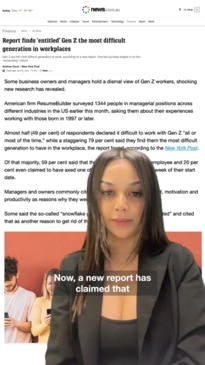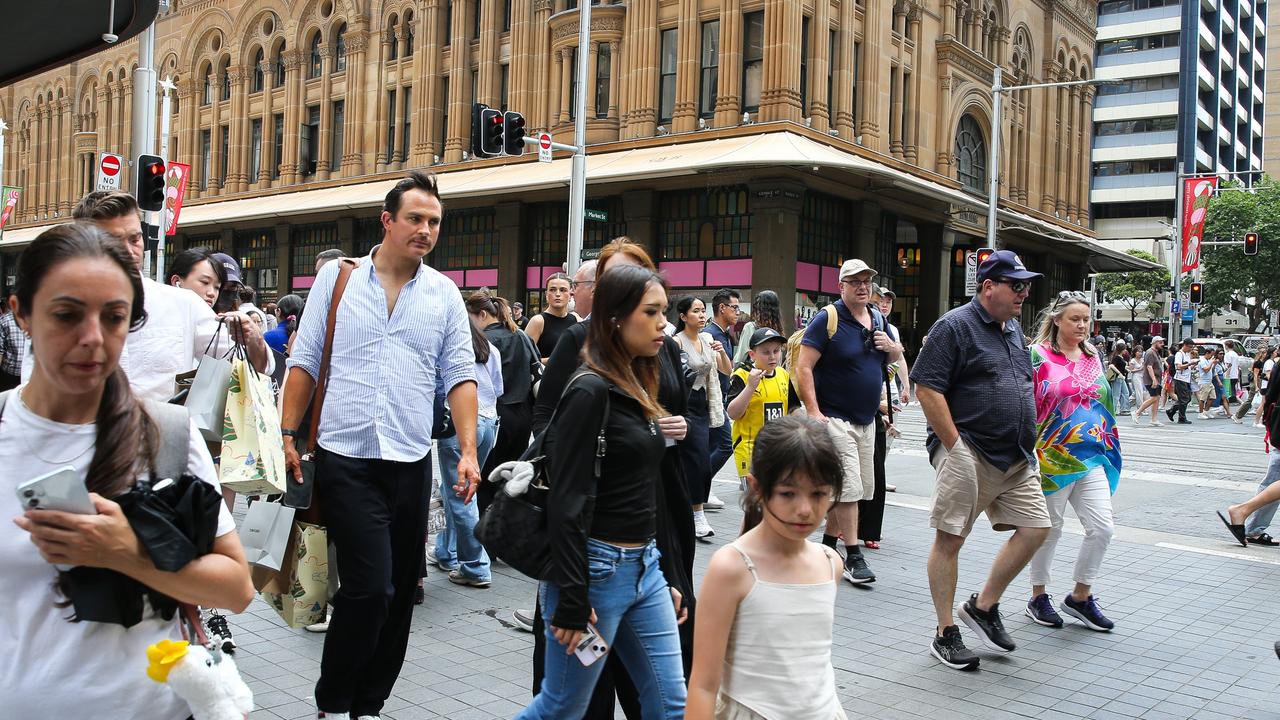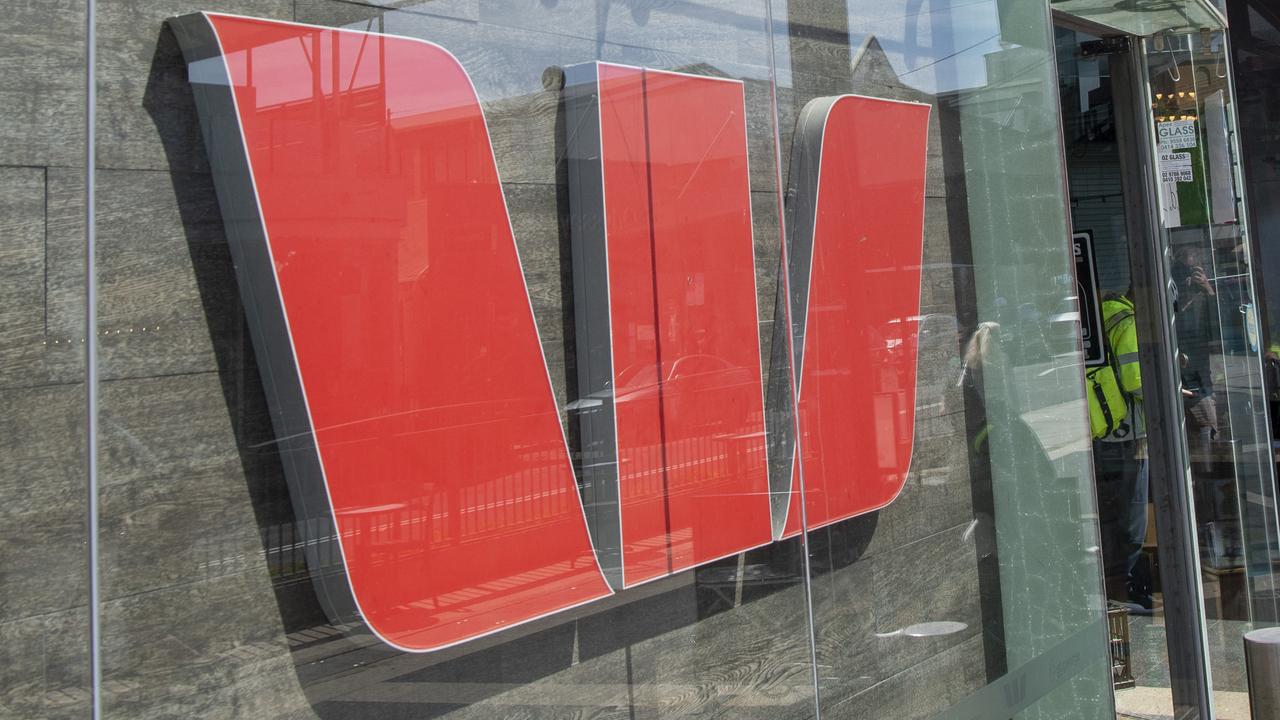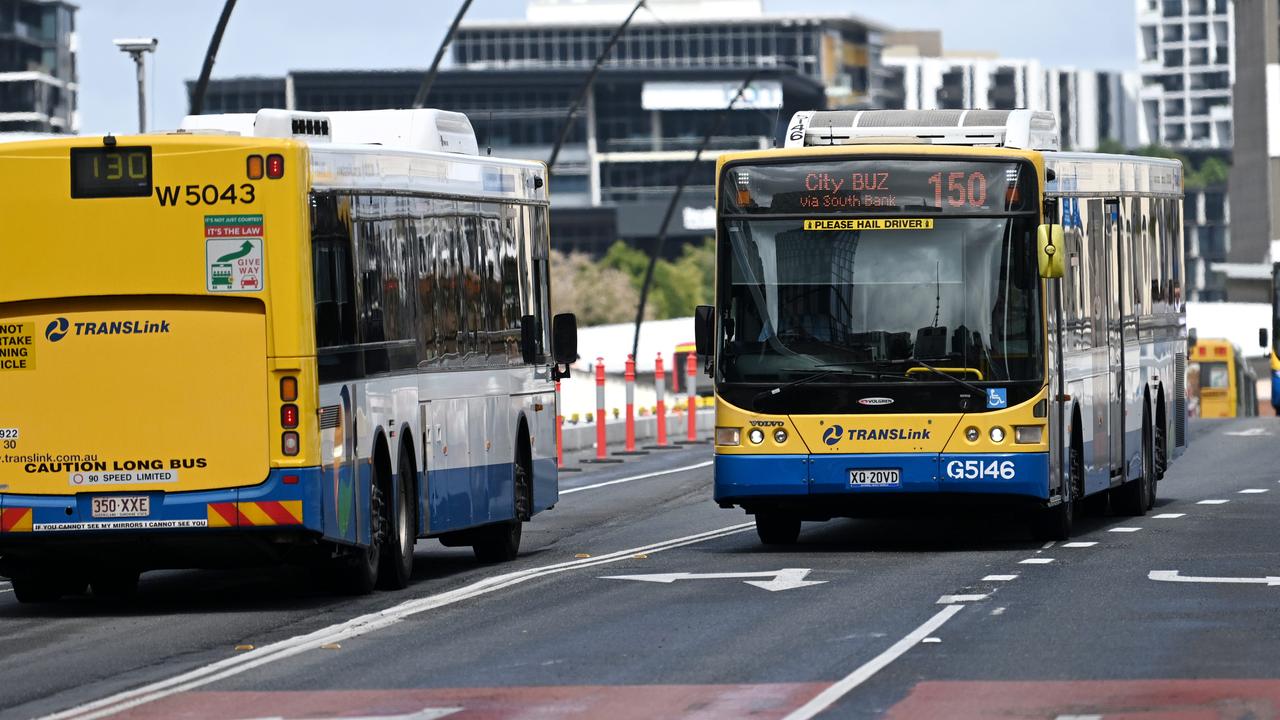‘Loud leaving’: Toxic trend taking over Aussie workplaces
We had the Great Resignation and the Quiet Quitting but this latest work trend is actually really toxic and needs to be addressed.

At Work
Don't miss out on the headlines from At Work. Followed categories will be added to My News.
Has your manager taken to boldly announcing the end of the workday with all the gusto of Scott Cam yelling “tools down” on The Block?
This new trend of wrapping up the day ‘on time’ feels like a refreshing and positive workplace change, right?
But unpack the notion of getting ‘permission’ to go live your life or be with family at a prescribed time and it doesn’t quite feel as good. In fact, this new management trend of ‘Loud Leaving’ seems to highlight how wrong some workplaces have it.
In case you’re not across Loud Leaving, it’s when a manager makes it clear that they have finished work for the day – and expects their team to do the same. The intention is to establish good habits and set boundaries between work and home life to reduce stress and improve engagement.

The technique is meant to be a cure for Quiet Quitting, where overwhelmed and stressed workers quietly disengage from the workplace by avoiding collaboration, dodging stretch assignments or simply slinking offline at 5pm hoping no one will notice.
Finishing work at the same nominated time shouldn’t be heralded as a management master stroke. The truth is, traditional 9-5 office hours don’t suit everyone, nor should they.
True employee wellbeing and care comes from creating a human-centric workplace model that gives people choice.
Workplace wellbeing is at rock bottom
According to Gartner’s latest Global Talent Monitor Survey, employee wellbeing is a ticking time bomb in Australia.
In 1Q23, overall employee wellbeing dropped to 31.1 per cent (from 34.5 per cent). Financial, physical and mental wellness are at their lowest points in more than two years. Australian employees report their financial and physical wellness is at an all-time low of 24.5 per cent and 30.9 per cent respectively.
The data we are seeing on employee wellbeing reflects the continued aftermath of Covid. It’s what epidemiologists refer to as the fourth wave of the pandemic, where people experience both psychological trauma and economic injury.

Mentally, Australians are preparing for more sickness as health experts predict a rise in Covid-19 and influenza infections over winter, all while staring down the fastest growing annual increase in the cost of living since 1990.

The workplace revolution we have to have
With manager quality and respect named as the top reasons to leave a job, what fed-up employees are really searching for is a new way of working.
I’m constantly hearing from employees that all they want is to be treated like a person who has a life outside of work. It’s more important than how much money they are being paid or what their job title is.
Just as we saw in the industrial and digital revolutions, we need a complete rethink of management to better understand and serve the needs of employees – the good news though is that some organisations are already doing it.
It’s called the human-centric work model and it focuses on three guiding pillars: flexible work experiences, intentional collaboration and empathy-based management.
The model doesn’t just lead to happier and healthier employees – because they are seen as people and not just resources – these organisations are 3.8 times more likely to be high performing.
It’s time to make work personal
Organisations who genuinely care about the physical and emotional wellbeing of their employees make work personal.
The first way to do this is by giving employees the autonomy to set their own work conditions. Gartner data shows that when individuals are in control of, not just where they do their work, but when they do their work, it benefits everyone.

Employees who are allowed to decide their working hours are 2.3 times more likely to achieve higher performance than those without autonomy. Autonomy also reduces workers’ fatigue by 1.9 times – which is critical for sustaining performance over time.
It also increases employee loyalty.
Autonomy doesn’t mean a free for all, individuals and teams are still accountable for achieving results. The focus is simply on supporting the work to get done, not ‘when’ it’s completed.
The second practice is to allow employees to contribute to their organisation’s work design. When employees get a say in how work is approached, they are 2.5 times more likely to achieve high performance and four times more likely to report lower fatigue.
So, the next time your manager tells you to head home and relax, ask if you can grab a coffee together and chat about when and how it suits you to do your work. If they genuinely care about your wellbeing and performance, they’ll thank you.
Aaron McEwan is a behavioural scientist, coaching psychologist and vice president for global research and advisory firm, Gartner | @aaronmcewan
Originally published as ‘Loud leaving’: Toxic trend taking over Aussie workplaces







